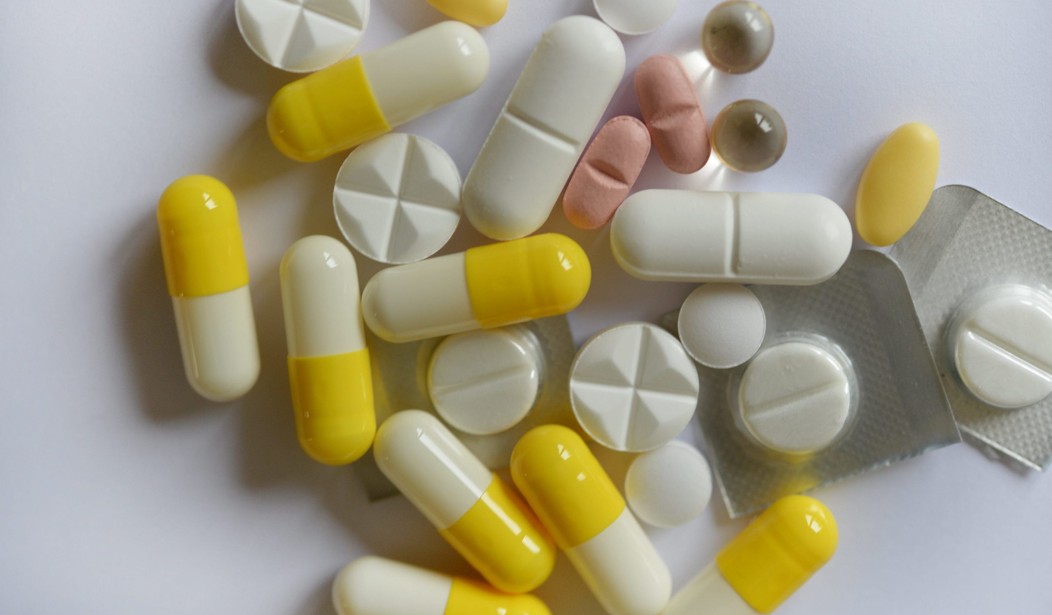Television is overly populated with ads for various pharmaceutical products and I’m SICK of it. (Is there a drug for that?) Viewers cannot watch more than 15 minutes of television without medicine being peddled for a pernicious or deadly condition with a pharmaceutical solution.
“FOR PEOPLE WITH HEART FAILURE, TOMORROW IS NOT A GIVEN,” voices a macabre announcer over a sad and somber rendition of “Tomorrow” from the musical “Annie!” (I will not link the commercial on YouTube and thanks for ruining that song for me forever.)
Most commercials on television are there for a good reason: the audience is full of consumers; we buy things and we are enticed by television to purchase new or better products to enjoy. Repetition is key to sales, so while commercials annoy me, I understand why they are there. But that’s not the case with prescription medications. I can’t go out and buy pharmaceuticals because I, like the majority of the population watching television, am not a physician. I don’t know the difference between the TOMORROW IS NOT A GIVEN drug and a baby aspirin. How can I make an informed decision about which one is best for my medical condition? I can’t. That is why I pay serious coin to my doctors, who are up to date on the proper medication for my ailments. I hope my doctors will not prescribe me medicine based on my exposure to a 30- or60-second spot on television. Am I asking for the drug because I like the look of the “patients” in the commercials or because I am thankful for just one more TOMORROW? (So ghoulish!) Or is it because I like the name — they all seem to have snazzy names now like “glitterazatol” or “spazatopaderm”? Do I just go into my internist and ask for “jazzralpneril” or “shazzamazine” because it sounds cool? I hope you don’t have doctors who make serious medical decisions based on a patient’s TV commercial-based solution. (If any Big Pharma companies steal my made-up drug names, I’ll have my lawyers on you.)
All of this marketing costs a fortune. Axios reports: “Pharma ads often cost more because of their length. (They have regulatory requirements to disclose side effects, dosages, etc., so they often need to take out 60-second ads as opposed to 30-second ads.)” So we aren’t talking about a standard marketing budget for products like the new tuna-fish-and-Skittles-flavored-Dorito-Taco-Bell burrito, but exponentially more dollars.
This massive expenditure on advertising by pharmaceutical commercials is curious in light of the industry’s recent attempt to worm out of a voluntary federal program known as “340B” that requires these companies to offer hospitals critical drugs for Medicaid and uninsured patients at a greatly reduced cost. The program is paid for by the drug companies, not the taxpayer, thankfully because if the taxpayer was footing the bill for these drugs it would cost 10,000% more than the raw cost to the pharmaceutical companies. You know that’s how that game works, right?
Here’s how Dr. Benjamin D. Li explains the program:
Pharmaceutical manufacturers voluntarily enter the 340B program and provide discounted outpatient drugs for safety-net hospitals. The discounts come directly from pharmaceutical manufacturers, not taxpayers.
In turn, these drugs are then provided for free or at a reduced cost to low-income and vulnerable patients. And when an insured patient receives one of these discounted drugs, the institution may use the proceeds to offer clinical care to others less fortunate. In addition, the savings can also be used to support other programs: transportation; support care; or in some safety-net hospitals, simply to keep the lights on.
You might recognize this kind of operation by its commonly recognized name: charity. I don’t support mandating that drug companies do this, but I wonder why they can’t continue to help their communities.
Is it costing the pharmaceutical industry big money, you ask? It doesn’t look like it, certainly relative to the fat-cat advertising budget that brings us those perpetually running commercials for “flapstompacin.”
A recent report, funded by 340B Health, the association of hospitals that benefit from the 340B program, disproves this idea. Drug companies provide $6.1 billion per year in discounts under 340B. That’s only about 1.3 percent of the $457 billion U.S. drug market.
Ted Slafsky, president and CEO of 340B Health, said:
If Big Pharma thought rationally about how to boost their profits, they’d look at curtailing the exorbitant amounts they’re spending on advertising, most of which is ignored by TV viewers who fast-forward through ads in shows they’ve DVR’ed or just put the TV on mute as ads play out. The truth is, the 340B program is not denting Big Pharma’s profits— all it is doing is getting EpiPens, cancer drugs and other lifesaving remedies to poorer, often rural Americans who simply can’t cope with a $325,000 per dose price tag for the latest cancer treatment. And costing taxpayers exactly nothing.
He has a point. The commercials are irritating and it’s not clear they are directed at an appropriate audience (those who are not health care providers). Why not cut the marketing and advertising budget, wasted on the weary and non-medically informed general public, and help out those in need?









Join the conversation as a VIP Member